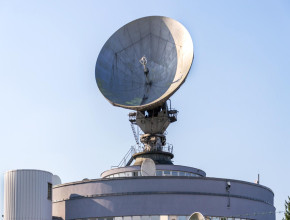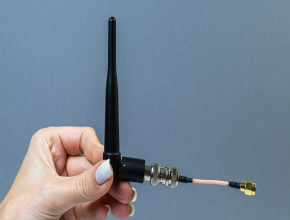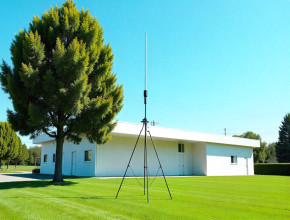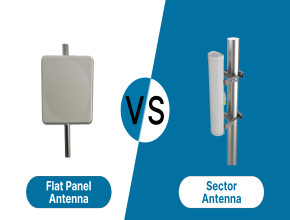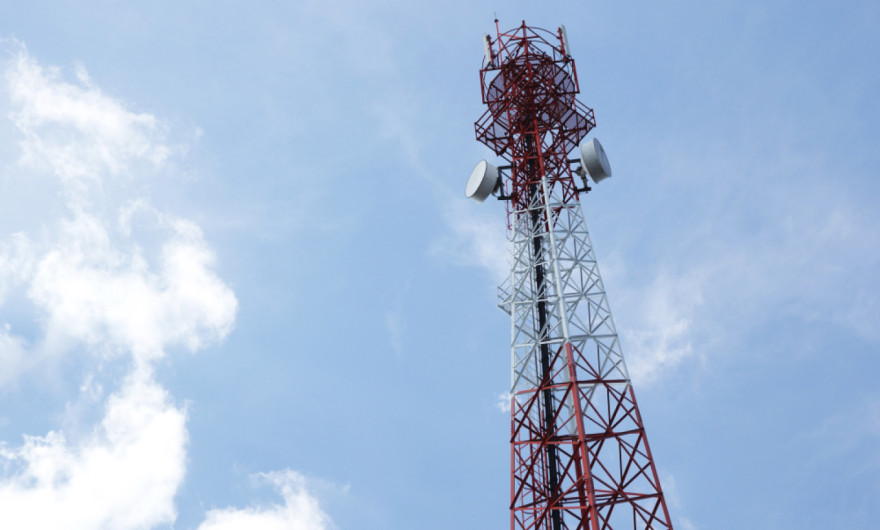
Today, we need wireless antennas to send and receive wireless signals. This allows us to build reliable communication among devices and systems. Without having antennas, you cannot take advantage of your mobile phones, Wi-Fi routers, TVs, and radios. This clearly shows how essential these antennas are in our daily lives.
One of the popular antennas is the RF antenna, or radio frequency antenna, which is known for its fast and long-distance data transfer ability. If you want to know about this cutting-edge device, this post will tell you what an RF antenna is, its types, and its advantages. Let’s get started!
Introduction to RF Antenna
An RF (radio frequency) antenna is a device you can use for wireless communications. You can utilise it as a directional or omnidirectional antenna. That helps you to send and receive information between two distant points. RF antennas are used in many devices like mobile phones, Wi-Fi routers, radios, TVs, satellites, and walkie-talkies.
RF antennas come in different sizes, shapes, and designs. Users use them depending on their frequency range and purpose. This antenna is crucial for reliable, fast, and long-distance wireless communication in modern technology. It produces various frequency bands like VHF, UHF, and microwave bands. That makes it a better solution to make wireless connections for broadcasting, GPS, wireless internet, communication systems, and radar.
Types of RF Antenna
There are many types of RF antennas, depending on their size, shape, and the frequency range they work with. Each wireless solution has its own characteristics and is used to address specific communication concerns. However, there are dozens of variants of this solution, but let’s talk about the main types of RF antennas:
Dipole Antennas
Dipole antennas are RF antennas that have a simple structure with two metal rods placed end to end. The frequency of this wireless solution lies between 30 MHz and several GHz, which makes it cover a wide range of signals and provide high-speed data. It is used in devices like radios, TVs, mobile phones, ham radios, and many others. Dipole antennas have an omnidirectional radiation pattern to help you send or receive signals in all directions.
Monopole Antennas
A monopole antenna is designed with a single powered rod or wire extending above a ground plane. It is a simple and low-cost antenna that works in the frequency range from 30 MHz to 3 GHz. You can use this wireless solution to radiate signals equally in all horizontal directions. With its small size, it is used in devices like AM radios, mobile phones, walkie-talkies, car radios, and some wireless devices.
Patch Antennas
Patch antennas are another type of radio frequency antenna with a metal patch of dielectric material on one side and a ground surface on the other. With its directional property, it can cover a frequency range between 1 GHz and 6 GHz. Patch antennas help make better connections in mobile phones, GPS devices, satellite communication, and Wi-Fi routers. They are ideal for long-distance communication and contribute to applications like wireless communication, navigation, and satellite links.
Yagi-Uda Antenna
A Yagi-Uda antenna consists of a driven element, several directors, and a reflector arranged in a row. It works within a frequency range of 30 MHz to 3 GHz, making it a better solution for focusing signals in one direction. You can utilise yagi antenna in applications including ham radios, satellite communication, and wireless networking. It is one of the best solutions that you can use for establishing long-distance communication. You can use this solution to pick up weak signals from distant sources.
Parabolic Antennas
Parabolic antennas are known for their dish-like structure that reflects the signal to a central point. It is one of the highly directional antennas that is used to focus the signal in one direction. You can expect sharing and receiving signals in the range from 1 GHz to 100 GHz, depending on size and design. Parabolic antennas are used in satellite dishes and radar systems.
Helical Antenna
A helical antenna is a helix-shaped device that allows you to send and receive signals in the range of 30 MHz and 3 GHz. Individuals and businesses use it for satellite communication and GPS systems. In these applications, it gives clear signals and creates better communication between systems. Helical antennas come with a simple design and feature circular polarisation that makes them very useful for many applications.
Advantages of RF Antenna
If you want to know what the advantages of RF antennas are, here we have mentioned the major advantages of RF antennas:
Wireless Communication
RF antennas make great wireless connections between devices like smartphones and IoT devices. The services we enjoy, be it Wi-Fi, Bluetooth, or others, are accessible because of the RF antennas we have.
Broadcasting
This antenna is helpful in transmitting signals in applications like radio and television broadcasting. With the help of an RF antenna, we can enjoy various facilities, like audio and video content.
Radar Systems
This antenna also plays an important role in object detection and tracking. In navigation, it helps find the object’s location by studying the signals that bounce back.
Satellite Communication
RF antennas provide reliable support in satellite communication systems. Devices such as Yagi antennas allow signal sharing and receiving between stations and satellites. They work perfectly for applications like telecommunications, weather monitoring, and navigation.
Bottom Line
RF antennas are one of the most powerful antenna solutions available today. You can use different types of RF antennas for wireless connections in various applications. They ensure stable and consistent network performance for you. Its many variants allow us to use it in a variety of applications. From dipole antennas to Yagi antennas, each RF antenna has its specific frequency band. They are usable in both indoor and outdoor conditions. With their robust construction, you can use RF antennas to get fast and reliable wireless communications even under adverse conditions. You can use these antennas for both personal and business reasons to meet the demand of your specific purposes.

